Sentinel Lymph Node Biopsy versus Elective Neck Dissection for Early-Stage Oral Cavity Cancer: Activation of the NRG-HN006 Trial
For patients with early-stage oral cavity squamous cell carcinoma (OCSCC), there is a 20-30% risk for occult metastatic cervical disease despite clinical and radiographic ima Tirging. The debate surrounding management of the node-negative neck has spanned multiple decades initially centered around elective neck dissection (END) versus “watchful waiting” with subsequent therapeutic neck dissection. Recently, sentinel lymph node biopsy (SLN Bx) has emerged as a viable option for active management of the node-negative neck in these patients.
NRG Oncology has just activated a National Cancer Institute (NCI)-approved international, multi-institutional prospective trial comparing SLN Bx versus END for early-stage oral cavity cancer. The study is NRG-HN006 “Randomized Phase II/III Trial of Sentinel Lymph Node Biopsy Versus Elective Neck Dissection for Early-Stage Oral Cavity Cancer.” (Clinicaltrials.gov: NCT04333537)
The trial divides patients to two surgical arms, SLN Bx and END, following a PET/CT scan with a central reading as an integral biomarker supported by the NCI. The trial builds upon the recent results of the ACRIN 6685 trial, which demonstrated the relatively high negative predictive value of PET/CT for neck disease in patients with T2-4N0 head and neck cancers. Patients with a positive central read of their PET/CT for neck disease will still have their neck pathology results recorded to understand the functional performance of PET/CT in accurately assessing neck nodal status.
Patients with a negative central read of their PET/CT for neck disease will be randomized to the two surgical arms with stratification based on T-stage and performance status (Zubrod). The Phase II portion of the trial will test the hypothesis that SLN biopsy will have superior patient-reported neck and shoulder function and quality of life (QOL), as measured by the Neck Dissection Impairment Index (NDII), compared to END at 6 months post-surgery. Comparing the difference in the two arms from baseline and 6 months will serve to determine the “Go/No-Go” decision to proceed to Phase III. Phase III has co-primary endpoints and will test the hypothesis that SLN Bx will achieve non-inferior disease-free survival (DFS) compared to END, and that SLN Bx will have superior patient-reported neck and shoulder function and QOL, as measured by the NDII.
NRG-HN006 has an ambitious patient accrual target of 224 patients for Phase II who will be included as part of the 618 patients total for Phase III. The trial represents an opportunity to address the performance of SLN Bx and END in a definitive manner relative to QOL and patient survival. The collection of high-quality prospective data in this study will also permit the assessment of issues that continue to be raised with regard to extent of treatment for early-stage OCSCC, including extent of END, distribution of occult metastatic disease, and practice variations in adjuvant radiation therapy.
Site activation is currently in process and additional details, including the complete protocol, can be obtained here: CTSU website. Surgeon credentialing will require completion of an education course and case review. Please feel free to contact the study PI at [email protected] if you have additional questions and/or issues.

